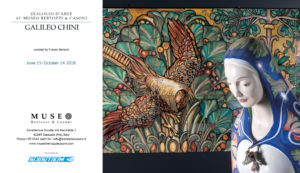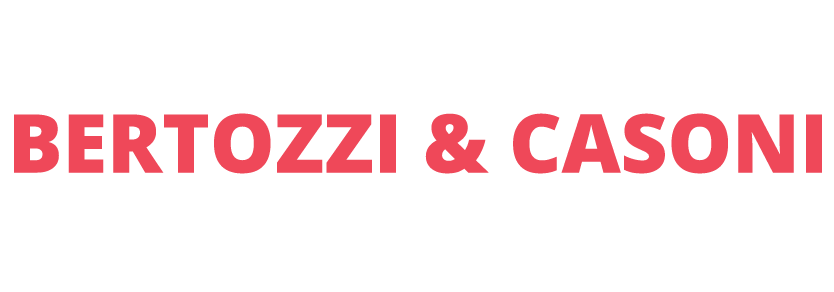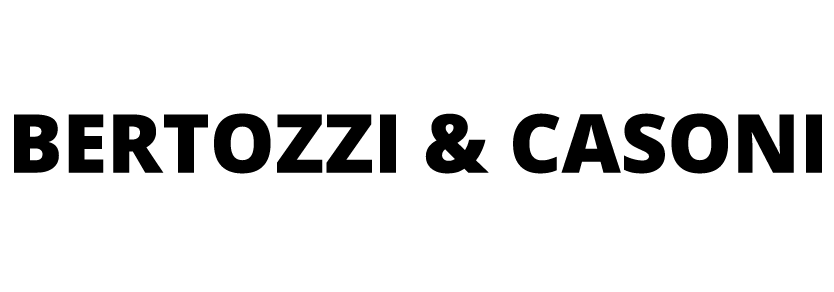
ART DIALOGUES AT THE MUSEUM BERTOZZI & CASONI
GALILEO CHINI
Exhibition and catalogue curated by Franco Bertoni
Exhibition venue
Museo Bertozzi & Casoni
Cavallerizza Ducale – Via Racchetta 2 – 41049 Sassuolo (Modena)
Exhibition Period
15 June – 14 October 2018
Opening (invitation only)
Thursday 14 June 2018, 6.30 pm
Visiting Hours
Friday, Saturday and Sunday, 3 pm – 7.30 pm
Press Contacts
System: fcuoghi@system-group.it
Bertozzi & Casoni: info@bertozziecasoni.it
A major set of ceramic works by Galileo Chini – mostly from the Vieri Chini di Borgo San Lorenzo Collection – opens the series of temporary exhibitions at the Museo Bertozzi & Casoni.
In this case, like in those that follow, this is not so much of a monographic show but rather an attempt to highlight those protagonists and those moments that, in modernity and contemporaneity, either directly or indirectly, may evoke or relate to the expressive achievements and artistic aims of Bertozzi & Casoni.
Chini’s works, displayed in direct comparison with the works to be found in the Museum, thus hint at clear or hidden affinities with works to be produced a century later, demonstrating yet again, if ever it were necessary, that in art nothing is created and nothing is destroyed, and that the concept of the artistic tradition, to which Bertozzi & Casoni are particularly bound, has resisted and innovated in the face of the many potential crises of the 20th century and the present moment.
Helping us in this attempt to bridge the gap between what a certain historiography defines as ‘emerging’ in modern and contemporary art and expressions that instead are closely bound to the great art tradition is the prized reflection of Thomas Mann to be found in his Doctor Faustus: “Indeed, how may one understand the new and recent world without knowing tradition, for in this way the love of the old remains false and sterile when one avoids the new which arises from it by historical necessity.”
Hence, “dialogues of art”, for as the artists themselves state: “you cannot be a rebel forever: either you accept dialogue or you die.”
The ‘dialogue’ with Galileo Chini (Florence, 1873–1956) undoubtedly has moments of remarkable coincidence and sensitive affinities.
Exactly one century passed between Chini’s triumph at the Exposition of Decorative Art of Turin in 1898 and that 1900 which witnessed his rise to international fame – and of the manufacturing of the items found in L’Arte della Ceramica – and his presence at the Universal Exposition of Paris, to the years – between 1998 and 2000 – in which Bertozzi & Casoni reached their ‘great turning point’. For this was when they abandoned painting on majolica and set about undertaking unprecedented research on materials largely of an industrial nature which allowed their works (regenerations in a contemporary key of the great theme of painted sculpture) to achieve a higher degree of physical presence, with hitherto unknown levels of productive perfection.
Two ends – and two beginnings – of centuries separate them but also bring them together. Just as they are brought together by their common use of a poor and often overlooked material such as ceramics. With ceramics, Chini (who was an all-round artist, working as a painter, a decorator, an illustrator and scenographer) made one of the main contributions to European Art Nouveau and, likewise, in the very mimetic possibilities and potential of ceramics Bertozzi & Casoni came across the ideal expressive medium to bring their elliptic thought exercises to life.
Then, their productive perfection: the gateway onto a world of art which, despite the modern calls to the opposite, remains the result of “craftsmanship, skill, inventiveness, originality, boldness, ideas, intuitions and beauty,” as was recently affirmed by the Nobel Prize winner Mario Vargas Llosa in one of his writings, in which he singles out the “monumental fraud” and “conspiracy of contemporary art.”
Last but not least, their common exaltation of beauty. A beauty that Chini reinvented in the fleeting elements of the natural world, exalted by shimmering reverberations of lustre, and which Bertozzi & Casoni have led us to discover even in objects and subjects that are commonly overlooked, rejected or neglected.
Throughout the 20th century, an ancient ideal of grace, beauty and elegance was dismantled by so many modern desecrations, gathering pace throughout the second half of the century right up to recent years. Even only out of respect for the more or less ancient, acknowledged past masters and durations that outweigh those of the limited and convulsed eras of the ‘short century’, sooner or later it will be necessary to scale down such demands for subversion which, by rejecting their previous history, have mortgaged their own future.
The exhibition also intends to pose this unanswered question. And with clarity. With the same clarity that governed the work of Galileo Chini and Bertozzi & Casoni. They are all artists who, with radical simplicity, have doggedly carried out a task deemed to be long gone: to reposition modern and contemporary art in the longer perspectives and along the tracks laid down by the great artistic tradition.
Two cornerstones, two artistic experiences sharing a common quest for beauty, two starts of centuries.
Two references to a concept of art as fine sentiment and technical perfection.
And with ceramics: an expressive medium which, thanks to masters like these, has earned itself a place in the world of art in all respects.
With the support of System and thanks to the foresight of Franco Stefani, this major event confirms the birth and the establishment of a new place of culture, knowledge and exploration, characterised by great dynamism, in which the art of doing is narrated. The Bertozzi & Casoni Museum is the reflection of an innovative project of cultural sharing with new rules, built on the dialogue between art and science, the spaces of which serve as privileged arenas of expression and experience for the visitor in his/her relationship with ceramic materials.

